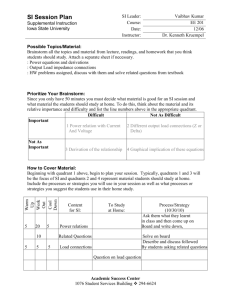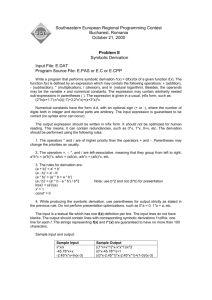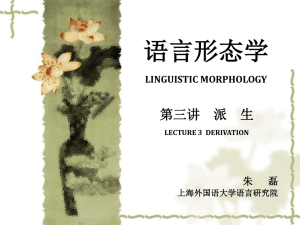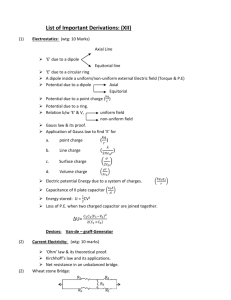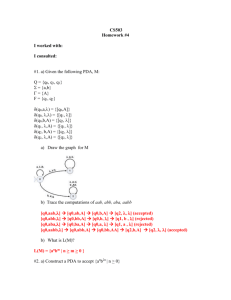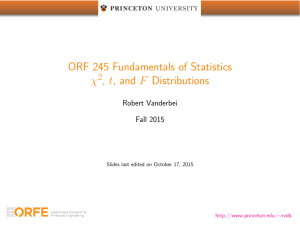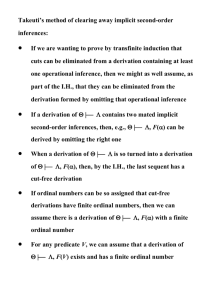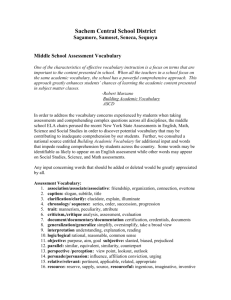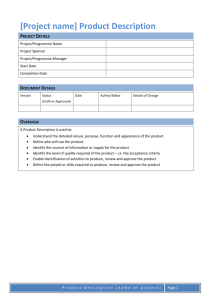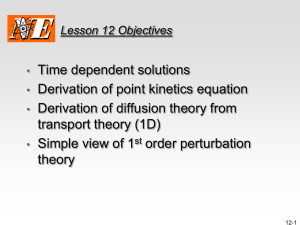Revision Headings
advertisement
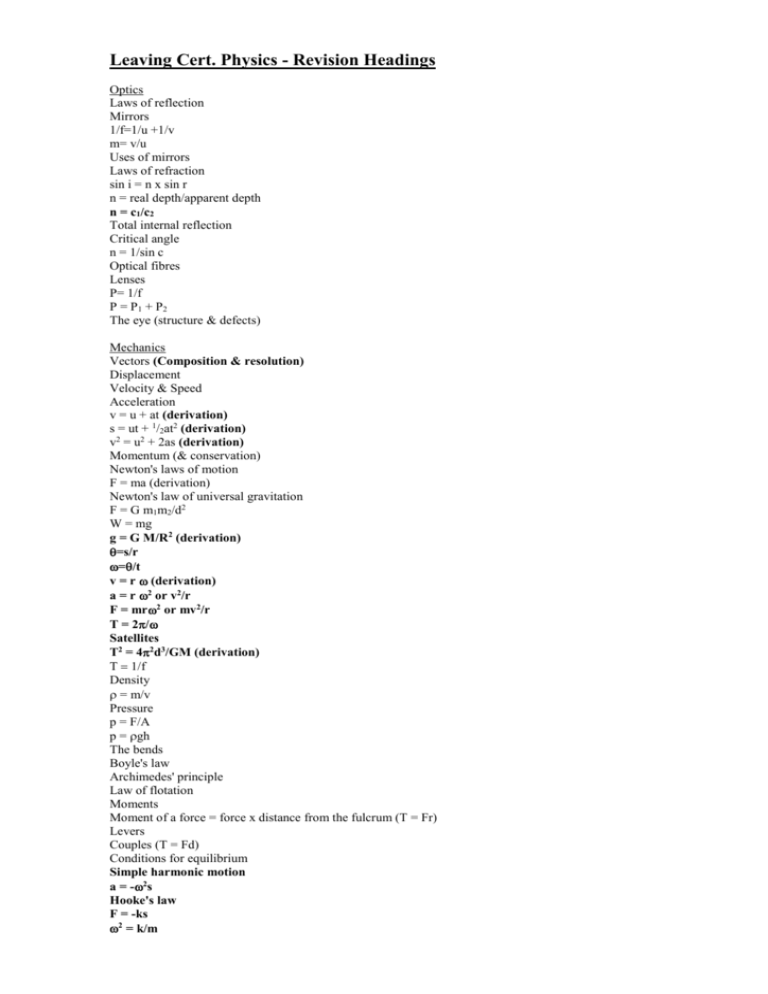
Leaving Cert. Physics - Revision Headings Optics Laws of reflection Mirrors 1/f=1/u +1/v m= v/u Uses of mirrors Laws of refraction sin i = n x sin r n = real depth/apparent depth n = c1/c2 Total internal reflection Critical angle n = 1/sin c Optical fibres Lenses P= 1/f P = P1 + P2 The eye (structure & defects) Mechanics Vectors (Composition & resolution) Displacement Velocity & Speed Acceleration v = u + at (derivation) s = ut + 1/2at2 (derivation) v2 = u2 + 2as (derivation) Momentum (& conservation) Newton's laws of motion F = ma (derivation) Newton's law of universal gravitation F = G m1m2/d2 W = mg g = G M/R2 (derivation) =s/r =/t v = r (derivation) a = r 2 or v2/r F = mr2 or mv2/r T = 2/ Satellites T2 = 42d3/GM (derivation) f Density = m/v Pressure p = F/A p = gh The bends Boyle's law Archimedes' principle Law of flotation Moments Moment of a force = force x distance from the fulcrum (T = Fr) Levers Couples (T = Fd) Conditions for equilibrium Simple harmonic motion a = -2s Hooke's law F = -ks 2 = k/m Pendulum T = 2 √l/g Work W = Fs Energy Ep = mgh Ek = ½ mv2 E = mc2 Renewables Principle of conservation of energy Power Efficiency = Power out/Power in x 100% Waves Longitudinal & transverse Frequency Amplitude Wavelength c = f Reflection Refraction Diffraction Interference (constructive, destructive) Interference patterns Stationary waves Polarisation Resonance Doppler effect f' = c f/(c +/- v) Sound Speed Wave properties Characteristics of notes Frequency limits of audibility Vibrations in strings & pipes f = 1/2l √T/ Sound intensity Sound intensity level Threshold of hearing Light as a wave Diffraction grating n = d sin (derivation) Dispersion Colours Electromagnetic spectrum The spectrometer Heat & Temperature Heat Temperature Kelvin scale t /oC = T /K - 273.15 Thermometric properties Thermometers Heat capacity Q = mc Latent heat Q = ml Conduction, convection & radiation Static Electricity Charging by contact Conductors & insulators The Gold leaf electroscope Charging by induction Forces between charges Coloumb's law F = 1/4 x Q1Q2/r2 Point effect Charge resides on outside Photocopier & precipitator Electric fields Electric field strength E = F/q E = 1/4 x Q/r2 Potential difference W = V/Q Capacitance Uses of capacitance C = Q/V C = A /d W = ½ CV2 Current electricity Electric current I = Q/t Definition of the ampere Electromotive force (emf) Sources of emf Conduction in materials (inc. graphs) Resistance Ohm's law V = IR Potential divider R = R1 + R2 (derivation) 1/R = 1/R1 + 1/R2 (derivation) Resistivity R = l/A Wheatstone bridge R1/R2 = R3/R4 Metre bridge R1/R2 = l1/l2 Semiconductors Diodes LDR & LED Heating effect of an electric current Joule's law P = RI2 P=VxI Transmission of electrical power Chemical effect Magnetic effect Domestic electricity The kilowatt-hour Number of kW hr = power (in kW) x time (in hours) Magnetism Magnetic poles Magnetic fields Fields due to currents Force on current-carrying conductor in magnetic field F = BIl Left hand rule F = qvB (derivation) Electromagnetic induction Magnetic flux = BA Faraday's law E = d/dt Lenz's law Self induction Inductor Mutual induction Transformer Vi/Vo = Np/Ns A.C. & D.C. Root-mean-square The electron Properties Electron-Volts Thermionic emission Cathode rays Cathode ray tube Photoelectric effect E = hf Threshold frequency = hfo Einstein's photoelectric law hf = + ½ mv2 X-rays X-ray tube X-ray properties Nuclear Physics Rutherford's gold foil experiment Bohr model of the atom Emission line spectra hf = E2 - E1 Isotopes Radioactivity Uses of radioactivity Geiger-Muller tube Law of radioactive decay dN/dt = - N T½ = ln2/ Fission & Fusion Nuclear reactors Health hazards of ionising radiation Particle physics Discovery of the neutrino Cockcroft & Walton experiment Particle accelerators Creating new particles Antimatter Four fundamental forces of nature Quarks Classifying particles.

